Ancient Trade Routes in the Mediterranean
The Bronze Age Collapse & the Start of Mediterranean Trade Wars
How the Bronze Age collapse around 1200 BC led to the rise of Phoenician and Greek maritime powers, setting the stage for centuries of trade wars and conflicts over vital Mediterranean routes.
By Nick Nutter on 2025-07-20 | Last Updated 2025-07-21 | Ancient Trade Routes in the Mediterranean
This article has been visited 1,898 times

The End of an Era: Setting the Stage for Mediterranean Trade Wars
Around 1200 BC, the eastern Mediterranean experienced a cataclysm. The mighty Bronze Age civilizations – Mycenaeans, Hittites, Egyptians – crumbled, their elaborate trade networks, which had woven the Eastern Mediterranean into a single economic federation, unravelled.
Copper from Cyprus, tin from afar, luxury goods, and grain moved across the seas, fostering a fragile interdependence. When the collapse hit, likely due to a confluence of climate change, internal strife, and the devastating raids of the "Sea Peoples," this intricate system shattered.
The period immediately following, often dubbed the "Dark Ages," was not a void, but a dramatic reshaping. As major powers retreated or vanished, a vacuum emerged, creating fertile ground for new players and, critically, new forms of competition over the most vital arteries of wealth: the maritime trade routes.
Do you enjoy my articles? For your reading pleasure, this website does not carry third party ads. You could help me write more articles by buying me a cup of coffee.
The Genesis of Maritime Rivalry
Before the collapse, established empires largely managed trade, often through state-controlled enterprises or closely regulated private ventures. With their demise, the seas became a more open, and often more violent, arena. The imperative for newly emerging or reorganizing communities was clear: control access to resources. This meant controlling the sea.
Maritime trade in this period wasn't merely about exchanging goods; it was about survival. Access to metals for tools and weapons, grain to feed populations, and exotic materials for social prestige all depended on a reliable flow of goods across the water. Any disruption, any competitor gaining an advantage, could spell disaster.
Phoenix from the Ashes: New Players, New Tensions
From the ashes of the Bronze Age, two groups, in particular, rose to become the dominant maritime trading nations, setting the stage for future clashes:
The Phoenicians
Hailing from city-states on the Levantine coast (modern-day Lebanon), such as Tyre, Sidon, and Byblos, the Phoenicians were heirs to a long tradition of seafaring. They were master shipbuilders and navigators, establishing a vast network of trading posts and colonies across the Mediterranean, reaching as far west as the Atlantic coast of Africa and Spain. Their purple dye, highly prized timber, and skilled craftsmanship made them indispensable traders. Their focus was clearly on profit, establishing monopolies where possible.
The Greeks
As the Greek city-states emerged from their own "Dark Ages," a surge in population and a drive for new resources propelled them across the Aegean. Their colonization movement, beginning around the 8th century BC, saw them establish settlements in Southern Italy, Sicily, North Africa, and the Black Sea. This was not simply an overflow of people; it was a deliberate expansion driven by a need for agricultural land, timber, and new markets for their burgeoning pottery and manufactured goods.
Friction Points: Where Interests Collided
The stage was set for inevitable conflict. Imagine a vital sea channel, a rich mineral deposit on a distant coast, or a fertile plain perfect for growing grain. Both Phoenicians and Greeks, driven by similar economic imperatives, sought control of such strategic locations.
From west to east, those sea lanes that were inevitably destined to become areas of conflict are those between the areas of influence controlled by the maritime powers. We can immediately identify the likely future hot spots; the Straits of Gibraltar, controlling everything coming into or out of the Atlantic Ocean, Sicily, guarding the central Mediterranean and positioned in the narrow gap between Italy and Tunisia, the narrows between Crete and southern Greece controlling maritime traffic between the Ionian Sea and the Aegean and the Dardanelles at the entrance to the Black Sea.
History decreed that the first hot spot to see large scale conflict would be in the central Mediterranean, Sicily, where two ‘foreign’ powers conflicted with an Indigenous maritime trading society.
Sicily and Southern Italy
These regions, blessed with fertile land and strategically located in the central Mediterranean, became a primary flashpoint. They offered ideal stopover points for long voyages, access to rich agricultural land, and potential control over east-west trade routes. For both Greeks and Phoenicians (and later, their Carthaginian descendants), dominance here was paramount. Thucydides, the Athenian historian writing in the 5th century BC, noted in his History of the Peloponnesian War (Book VI, Chapter 2) that the island of Sicily was already a mosaic of different peoples, including "Phoenicians, who had settled all round the coast." He observed their strategic withdrawal to more defensible positions like Motya, Soluntum, and Panormus (modern Palermo) as Greek colonization intensified, suggesting an early, perhaps less dramatic, form of competitive pressure.
The Tyrrhenian Sea
The Etruscans, a powerful people inhabiting central Italy, also emerged as significant maritime traders. Their own ambitions in the Tyrrhenian Sea, off the western coast of Italy, brought them into direct competition with both Greek colonists and Phoenician traders. This three-way rivalry for control of vital sea lanes and access to markets was a volatile mix.
Confrontation before the Sicilian Wars
While direct, large-scale naval battles explicitly over trade before the Sicilian Wars are less clearly documented in surviving sources, the constant presence of competing ships, the establishment of rival trading posts, and the strategic importance of coastal territories inherently created opportunities for skirmishes, blockades, and localized conflicts. The desire to secure trade routes, protect colonial ventures, and corner markets undoubtedly fuelled animosity.
The "Sea Peoples", (read ‘Civilisations that Collapsed - The Mystery of the Bronze Age Sea Peoples'), had shown the devastating power of maritime disruption. Six hundred years after the Bronze Age collapse, the stage was set for more organized, commercially driven powers to refine this struggle. The Sicilian Wars, far from being an isolated incident, were the inevitable culmination of six centuries of escalating competition between maritime trading nations vying for control of the Mediterranean's vast wealth.
Do you enjoy my articles? For your reading pleasure, this website does not carry third party ads. You could help me write more articles by buying me a cup of coffee.
 1: Overland Trade Routes to the Mediterranean
1: Overland Trade Routes to the Mediterranean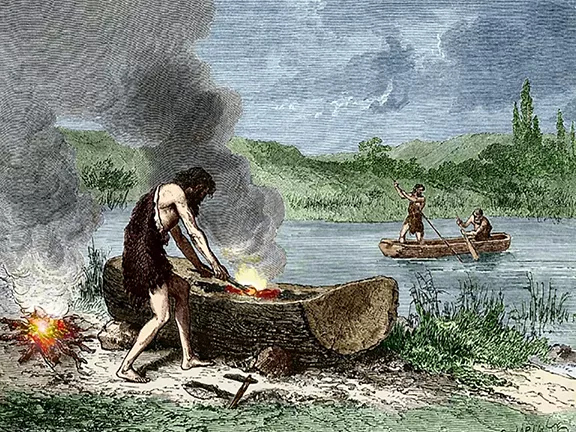 2: First Voyages on the Mediterranean Sea
2: First Voyages on the Mediterranean Sea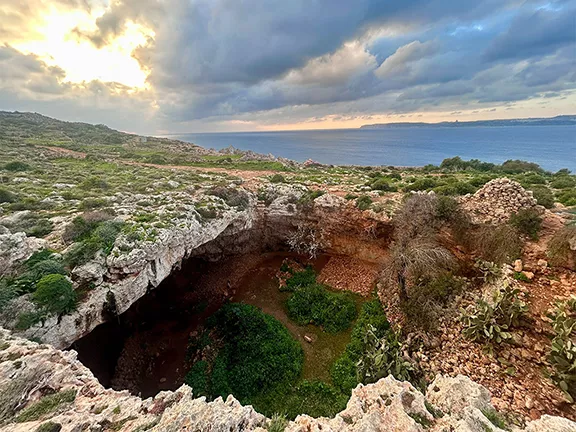 3: Mesolithic Voyages to Malta c 6500 BC
3: Mesolithic Voyages to Malta c 6500 BC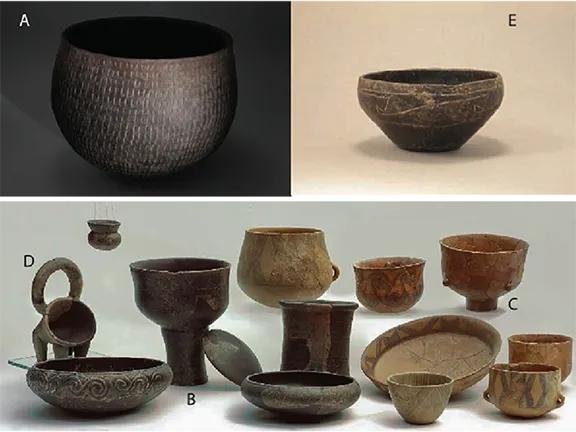 4: Neolithic Maritime Networks
4: Neolithic Maritime Networks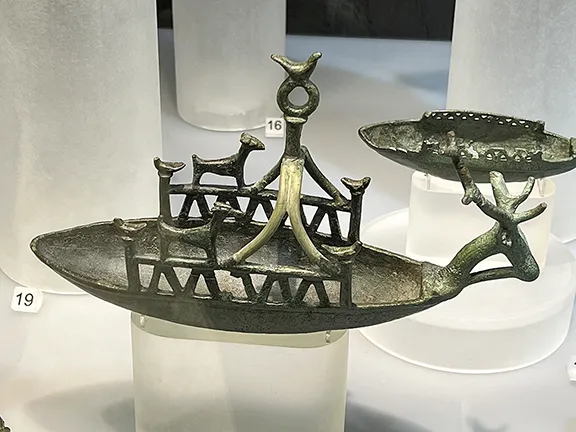 5: Bronze Age Maritime Networks in the Mediterranean
5: Bronze Age Maritime Networks in the Mediterranean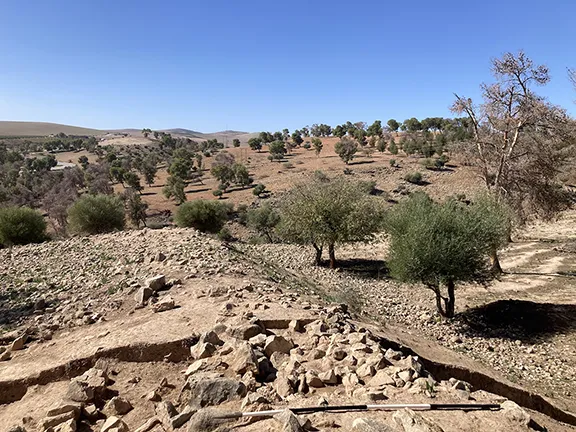 6: Morocco to Iberia during the Bronze Age
6: Morocco to Iberia during the Bronze Age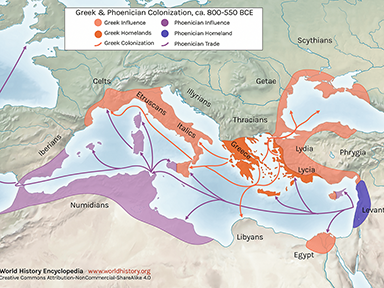 7: Areas of Influence Mesolithic to Romans
7: Areas of Influence Mesolithic to Romans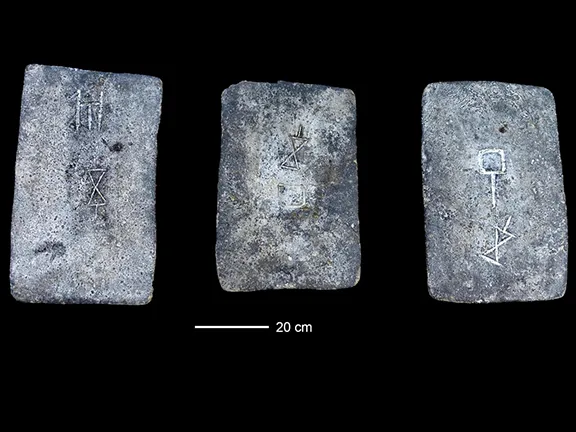 8: The Tin Roads
8: The Tin Roads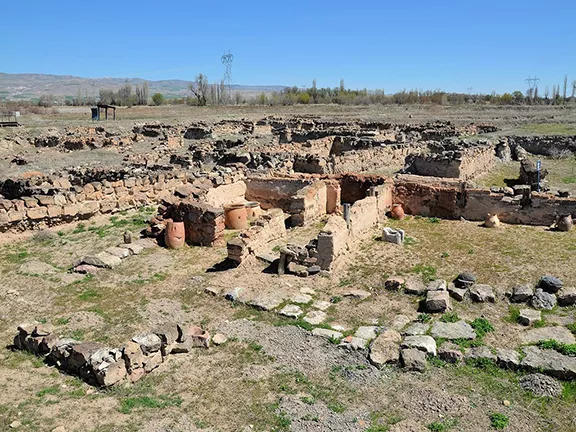 9: The Karum of Kanesh c 1920 - 1850 BC
9: The Karum of Kanesh c 1920 - 1850 BC 10: Mediterranean Bronze Age Economies
10: Mediterranean Bronze Age Economies 11: Postal Services during the Bronze and Iron Ages
11: Postal Services during the Bronze and Iron Ages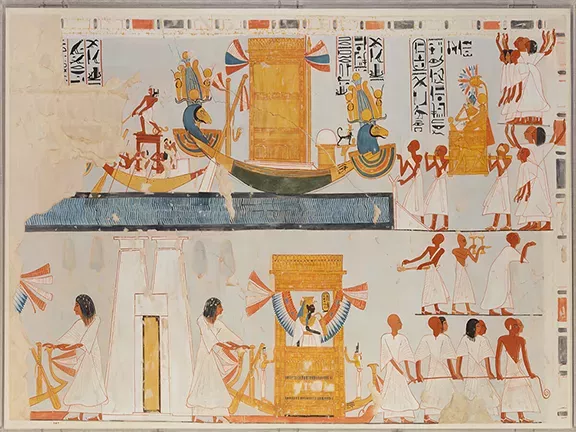 13: The Voyage of Wenamun c 1075 BC
13: The Voyage of Wenamun c 1075 BC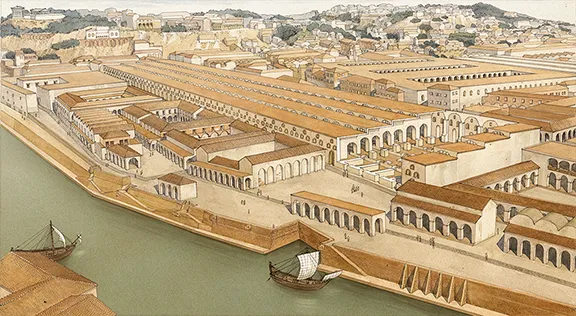 14: From Trading Post to Emporium
14: From Trading Post to Emporium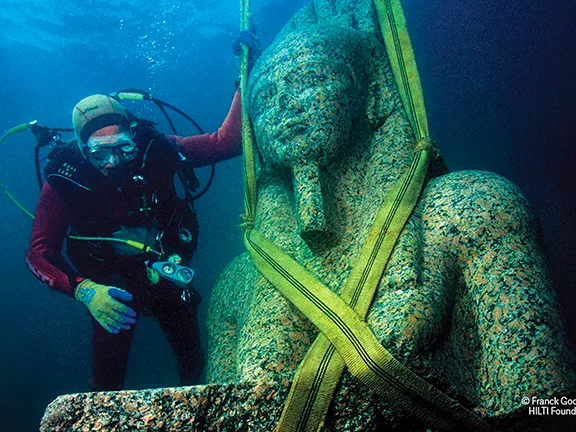 15: The Greek Emporium of Thonis-Heracleion
15: The Greek Emporium of Thonis-Heracleion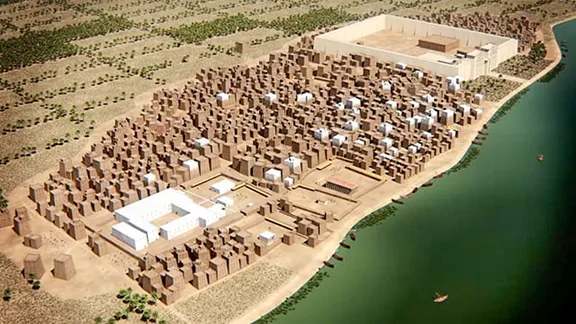 16: The Greek Emporium of Naukratis
16: The Greek Emporium of Naukratis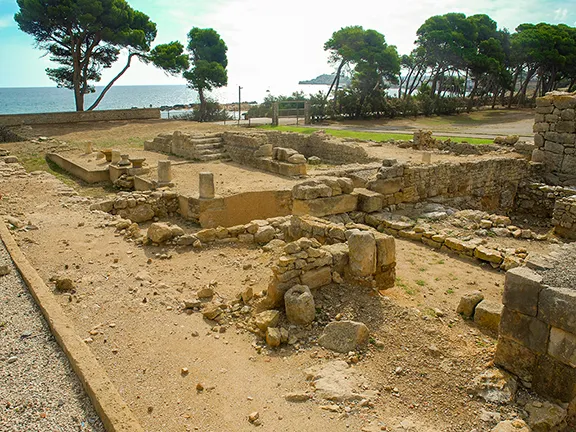 17: The Greek Emporium of Empuries
17: The Greek Emporium of Empuries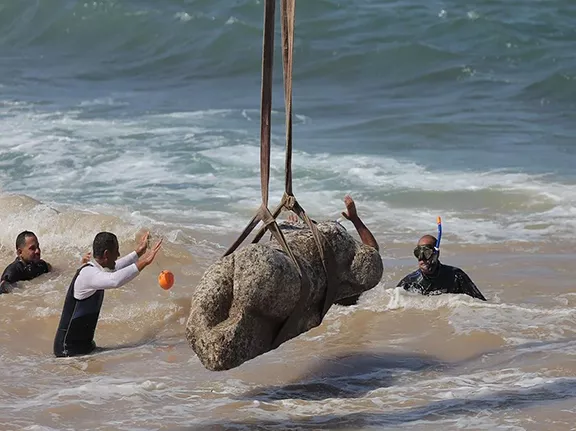 18: Canopus in Ancient Egypt
18: Canopus in Ancient Egypt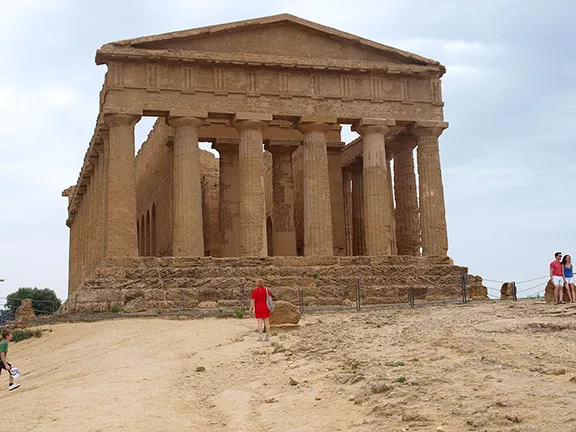 19: The First Trade Wars 580 - 265 BC
19: The First Trade Wars 580 - 265 BC 20: Exploring new Trade Routes with Pytheas
20: Exploring new Trade Routes with Pytheas 21: Corinthian Helmet Distribution
21: Corinthian Helmet Distribution